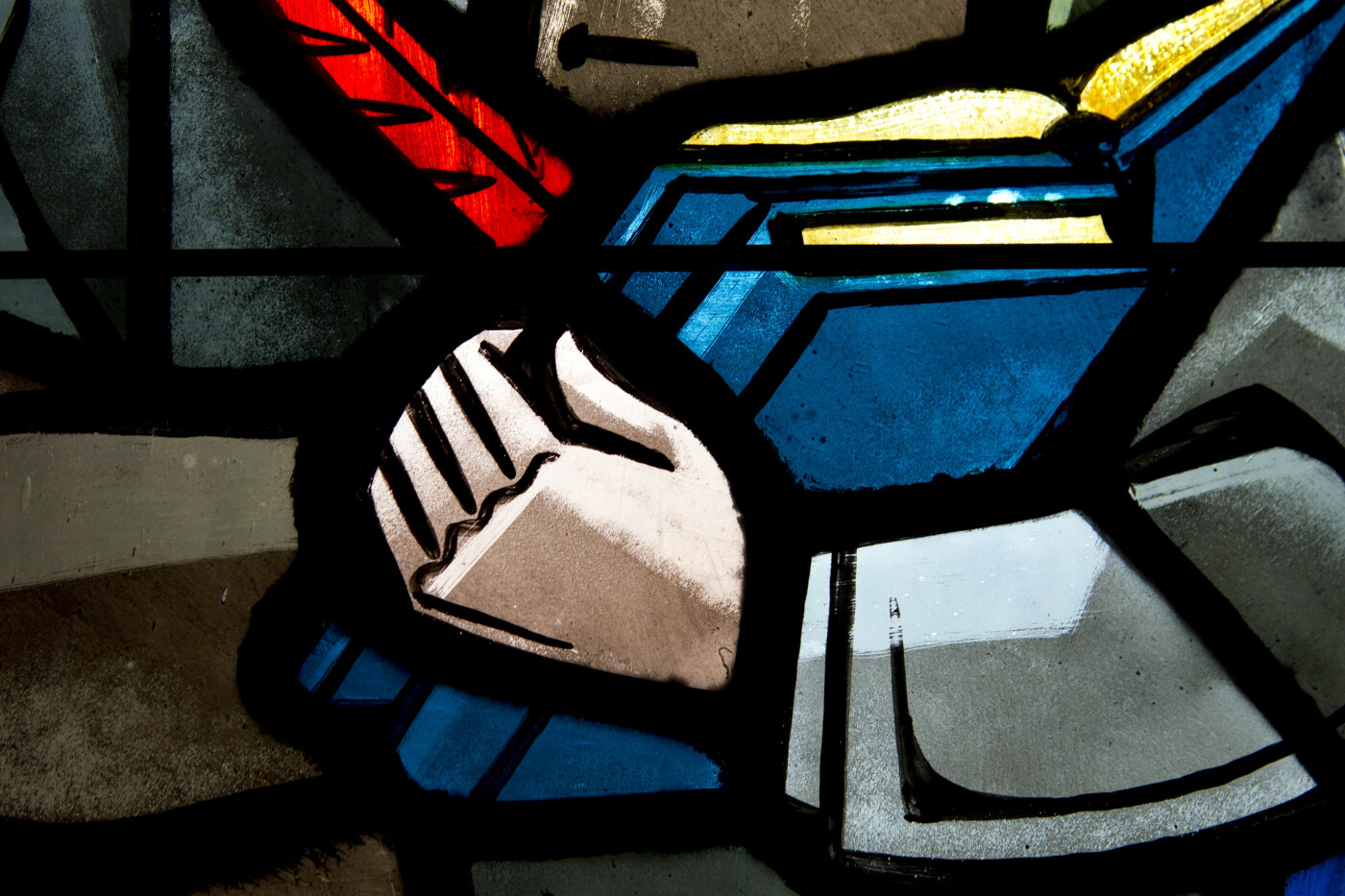Why Does the Canon of the New Testament Matter?
Imagine for a moment that you are a Christian believer in the first century, just a few years after the ascension of Jesus into heaven. How would you know about Jesus and what he did on earth? How would you know what to make of the Hebrew Scriptures in the light of the revelation of Jesus the Christ?
The answer is that you would learn these things from the apostles and the other leaders they had taught. As the apostles preached and told people about Jesus, a tradition of teaching grew up from their combined witness. In the beginning of his Gospel, St. Luke refers to this tradition: “the things that have been accomplished among us, just as those who from the beginning were eyewitnesses and ministers of the word have delivered them to us.” But of course, St. Luke also knew that the witness of those who had seen Jesus for themselves was coming to an end. So he and others set out to commit the tradition to writing. And the New Testament was born.
But not so fast: The evangelists wrote their Gospels, Paul and others wrote letters that were saved for posterity. And then other people started writing other things … like about what happened during Jesus’ childhood, and what else Jesus said during the forty days after the Resurrection, and what Mary and Joseph were really like. Still others twisted the story of Jesus to their own devices, teaching things clearly contrary to the apostolic tradition. Some of these writings are still trotted out for the amusement of our cultured despisers in the popular media, usually right before Easter.
So now imagine that you are a Christian believer in the third century. All of the eye-witnesses to the resurrection died long ago, as long ago as George Washington and Benjamin Franklin are to us. How do you sort through all the writings about Jesus? It seems as though you need some sort of measure or standard in order to make wise decisions about which authors to believe.
And that is exactly what the church eventually provided. We simply call it the New Testament, but it has also been called a “canon,” which is Greek for “rule” or “measuring stick.” And the criterion for a book to be considered part of the canon was that it should represent the teaching of the apostles. Most of the New Testament books were accepted by the whole church very early. Some of them engendered a bit of debate. But this all worked itself out, cranks notwithstanding, by about the end of the fourth century.
We speak of the Bible as the Word of God written. Those of us who have been consecrated to Holy Orders in the Church have actually signed documents (which presumably are on file somewhere) to that effect. But we must also remember that the Bible didn’t just fall from heaven with all the books in the right order. We, the church, believe that the same God who inspired the writing of the New Testament books also inspired the church to incorporate those inspired writings into the canon. The importance of the New Testament canon is that God continues to be at work in his church, inspiring, guiding, and shaping.
That is not to say that the church is infinitely malleable. There are still many people in the church that want to interpret the scriptures to mean the opposite of what they say or, as Article XX has it, to “so expound one place of Scripture, that it be repugnant to another.” Here is our response to that: What we know about Jesus our Lord we know only from the New Testament. And we trust the New Testament, because it is the teaching of the apostles, who were eye-witnesses to everything that Jesus did, including his Resurrection and Ascension. Any idea that contradicts that teaching is simply not Christian.
The Rev. Garrin W. Dickinson is rector of Holy Nativity in Plano


